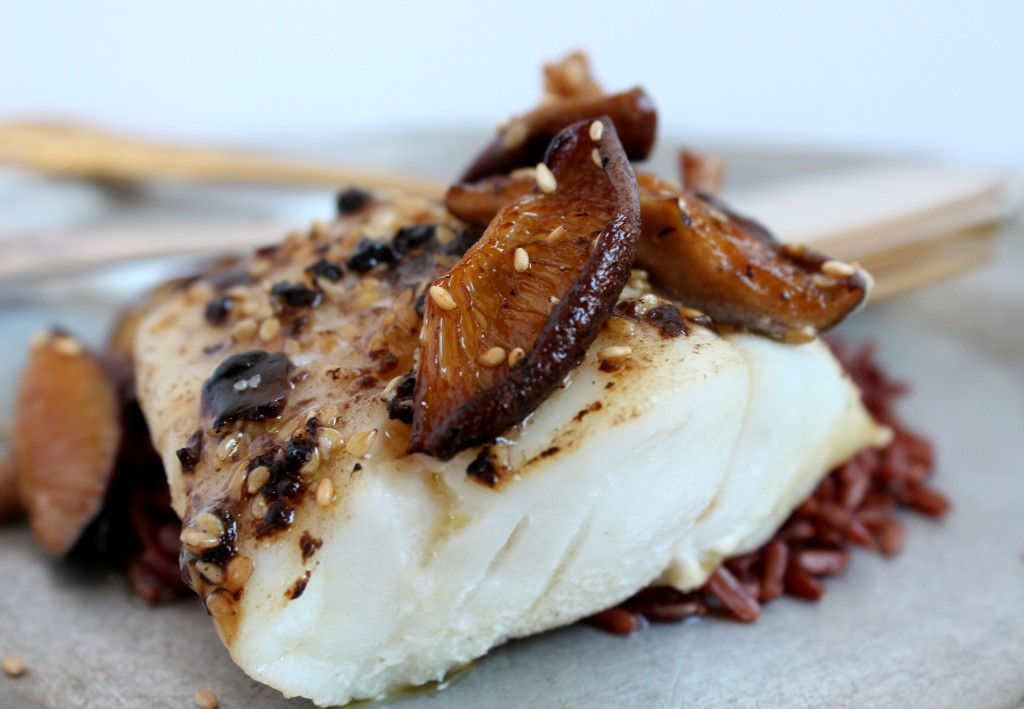Black garlic has become a modern gourmet darling—prized for its sweet, tangy flavor and touted for potential health benefits. But did you know that its story stretches far beyond the trend of upscale restaurants and food blogs? Beneath its dark exterior lies a tapestry of folklore, cultural significance, and lesser-known culinary traditions that offer a window into how black garlic has been viewed and used across regions and centuries. Below, we delve into the myths, legends, and surprising customs surrounding this intriguing ingredient.
1. Early Beliefs in East Asia
a) China: Longevity and Medicinal Lore
While exact historical records can be sparse, Chinese herbal practices have long featured aged or “cooked” garlic for potential health effects. Centuries ago, some folklore described aged garlic as a longevity elixir, supposedly capable of bolstering qi (vital energy) and warding off maladies. Although it’s unclear whether these references always referred to the modern version of black garlic, the notion that aged garlic could grant strength and vitality has persisted in various local traditions.
b) Korea: Ties to Fermentation Culture
Korea’s deep-rooted fermentation culture—best exemplified by kimchi, gochujang, and doenjang—may have offered fertile ground for embracing black garlic. Some older Korean stories mention garlic placed in warm clay pots for weeks, allowing it to soften and mellow. These folk methods might not perfectly match today’s commercial aging process, but they reveal an early cultural affinity for garlic transformation, with blackened cloves occasionally appearing in home remedies or as a hidden ingredient in healing teas.
2. Japan’s Aomori and the “Stamina” Myth
Japan’s Aomori Prefecture is famous for its high-quality garlic, which locals have turned into black garlic through carefully honed aging techniques. Along with the spooky black color, black garlic in Aomori has earned a mild reputation for supporting “genki” (vitality or stamina). Legend in some rural pockets held that consuming these dark cloves could help farmworkers endure labor-intensive days or give travelers a strength boost for long journeys. Though not strictly “folklore” in a mythic sense, these anecdotal beliefs illustrate how black garlic became woven into community narratives around health and vitality.
3. Overlooked Folklore Beyond East Asia
a) Vampire Myths Debunked?
Western lore is famously rife with tales of using pungent garlic to ward off vampires. However, you won’t find many references to “black garlic” in classic European myths—largely because black garlic’s popularization in the West is relatively recent. Still, some modern enthusiasts playfully speculate that black garlic, with its dark hue, might be “vampire-garlic gone rogue”—turning the old trope on its head. While purely tongue-in-cheek, it shows how new food trends can spark creative reinterpretations of older folklore.
b) Southeast Asia’s Quiet Tradition
Though black garlic doesn’t have the same deep folkloric presence in Southeast Asia as it does in East Asia, some Thai and Vietnamese households have experimented with aging garlic in small batches—often for home remedies and wellness tonics. These practices rarely made it into written folklore but persisted as oral traditions passed down through families. Interestingly, many believed that aged garlic could help balance internal “heat” or “coolness,” tying into broader Southeast Asian concepts of bodily harmony.
4. Culinary Customs You May Not Know
a) Hidden in Festival Dishes
In certain areas of Japan and Korea, black garlic might surface during seasonal festivals or community gatherings—tucked into special stews, rice dishes, or even desserts for an unexpected twist. These aren’t mainstream traditions, but rather niche local customs or family rituals that celebrate the uniqueness of black garlic’s flavor during festive feasts.
b) Black Garlic “Snacks”
Some older-generation home cooks—especially in Japan—would keep black garlic cloves on hand as a quick snack for an afternoon pick-me-up. Although it doesn’t sound like a typical snack to Western ears, the idea of popping a sweet, mellow clove of black garlic was akin to having a small piece of dried fruit. In local lore, these snacks were credited with everything from increasing stamina to soothing minor digestive issues.
c) Symbolism in Color
The color black has various symbolic meanings across Asia—sometimes signifying mystery, transformation, or hidden power. In a few regional beliefs, consuming black foods in general was considered beneficial for fortifying the body, given the rarity and depth associated with the color black. Thus, black garlic occasionally fit into broader cultural practices that emphasized the consumption of unusual or dark-hued foods as a way to balance energy or harness hidden strength.
5. The Modern Revival and Global Fascination
With black garlic catapulting into international culinary fame, chefs and foodies worldwide are discovering—or inventing—new stories and traditions around it. Its “secret ingredient” status has made it a darling in fusion cuisine, dessert experimentation, and avant-garde dining. Meanwhile, wellness circles highlight potential health advantages, sometimes tapping into age-old folklore as a compelling backstory for this intriguing ingredient.
6. Preserving the Past, Embracing the Present
Black garlic’s evolution from folk remedy and hidden kitchen staple to global gourmet sensation highlights the dynamic relationship between culinary tradition and modern innovation. While many of the old beliefs—like it granting near-superhuman stamina—lack scientific corroboration, they add a rich cultural narrative to what’s already a remarkable food. Whether you’re drawn to black garlic for its rumored benefits, its storied past, or simply its delicious taste, you become part of a centuries-long journey that bridges folklore and fine dining.
Final Thoughts
Though black garlic is often discussed in modern health and gastronomy contexts, its cultural tapestry runs deep—steeped in local legends, passed-down family recipes, and whimsical tales of endurance or transformation. By peeking into these lesser-known anecdotes, we see how black garlic isn’t merely a trendy ingredient; it’s a piece of food heritage that continues to evolve with each new generation of cooks and storytellers. So the next time you bite into a soft, sweet, black garlic clove, remember that you’re also savoring the echoes of centuries-old traditions from across the globe. Bon appétit—and happy myth-busting!

Comments (0)
No comments yet. Be the first to comment!